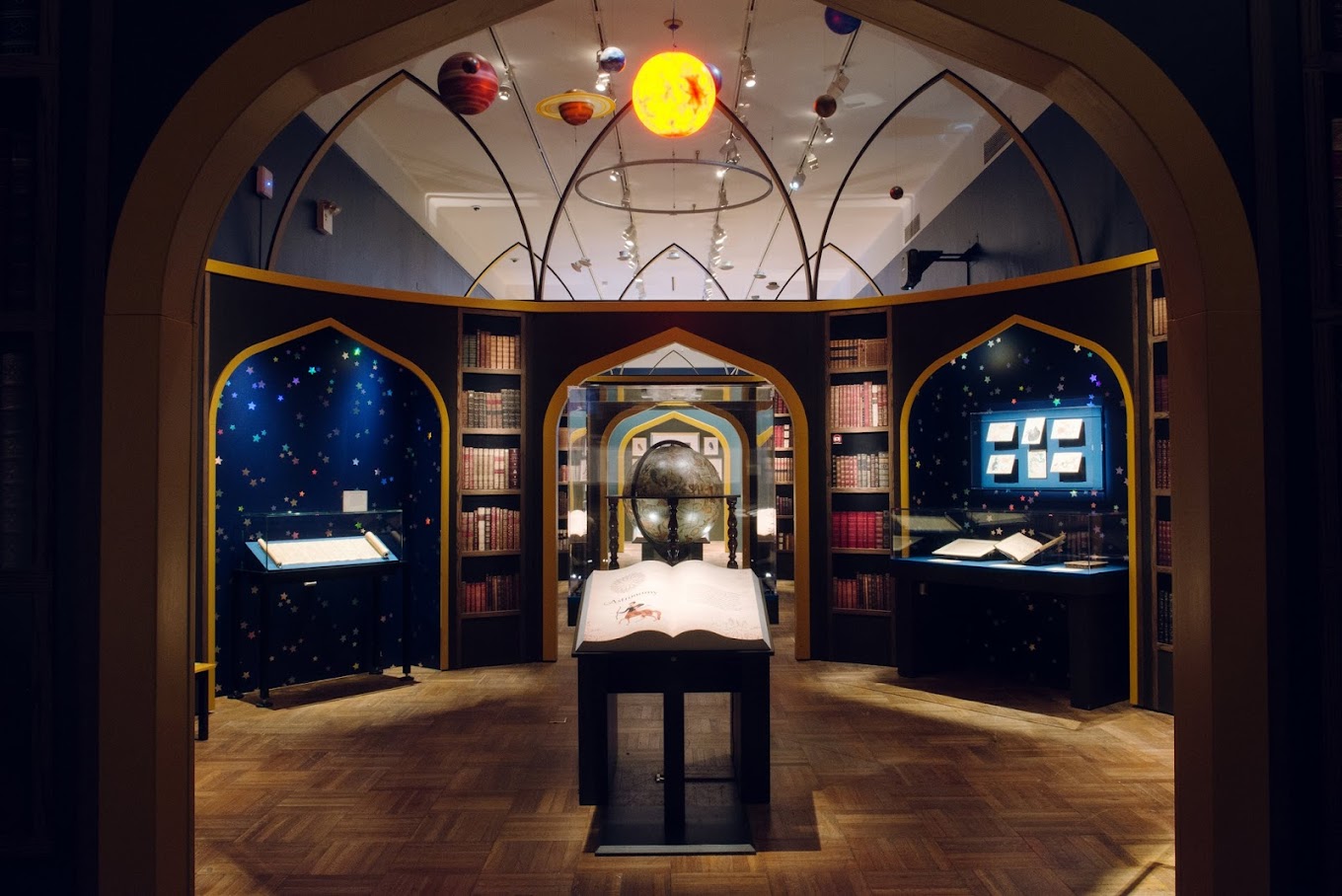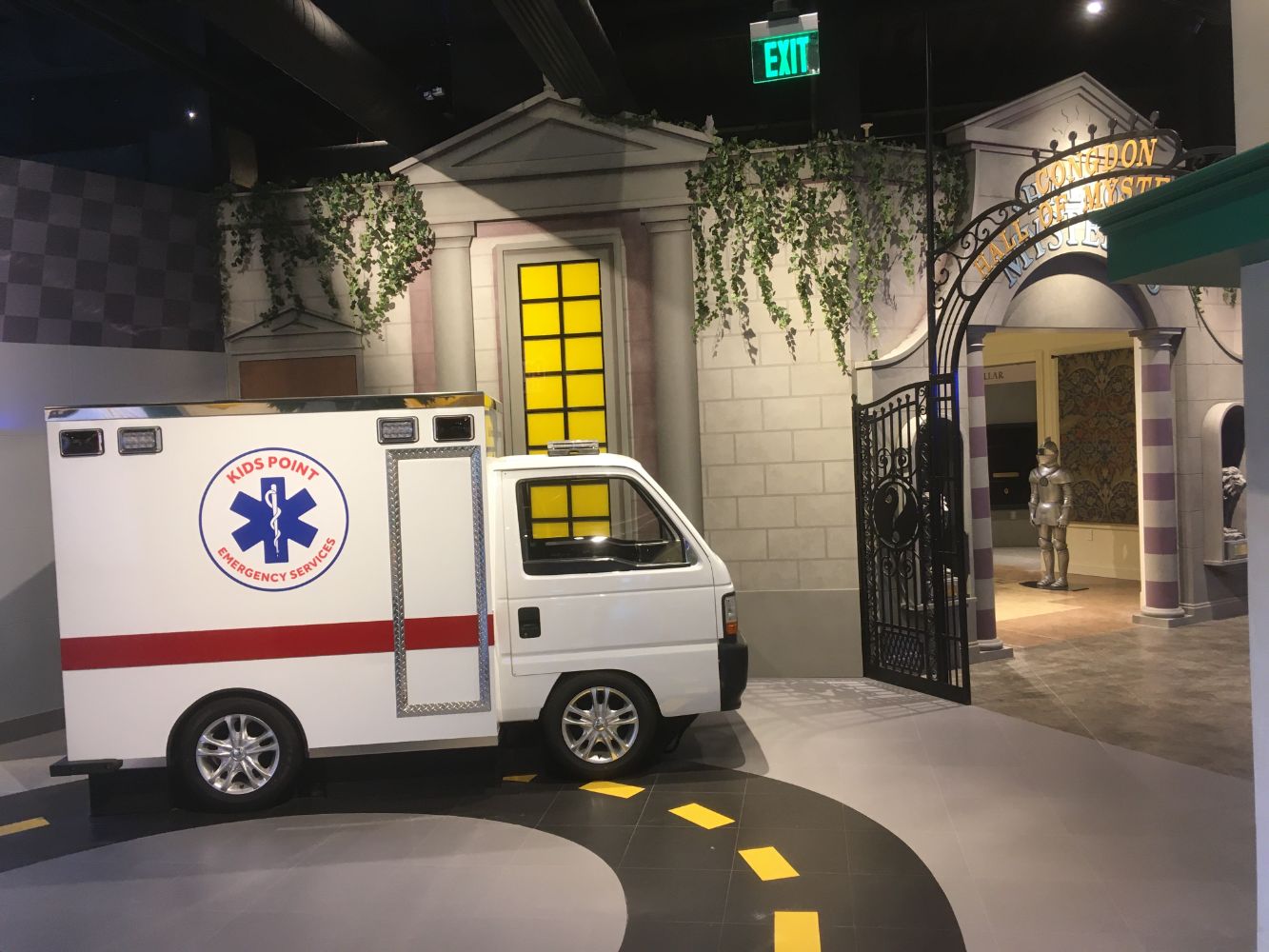
Design & Build
Creating and Fabricating spaces that matter...buiding on your imagination.
Capabilities
-

Project Management
- Project budgeting, scheduling, cost estimates
- Budget control
- Vendor negotiation
- Production oversight
-

Graphics
- Production
- Graphics Printing
- Graphic Design
- Briefs
- Creation
- Feedback
- Final artwork
- Production
-

Production Capabilities
- Woodworking
- Laminating
- Finish Carpentry
- Assembly
- Metalworking
- Welding, Assembly
- Machining
- Cutting
- Plastics
- Woodworking
-

Scenic Capabilities
- Industrial paint finishes
- Diorama & scale model
- Laminate and other surface applications
- Fiberglass
- Scenic treatments and decorative surfaces
- Custom sculpting & casting in metals, resins, plaster, foam & other materials
- Backdrops and Hand painted murals
- Faux finishes
- Specialized coatings
-

Installation
- Permanent and Traveling
- Manage installation crews
- Schedule sub-contractors
- Crating
- Arrange transportation
- Complete traveling exhibit services
-

Lighting Fixtures and Systems
- Design
- Consulting
- Integrated lighting
- AV integration / show-control systems
- Service and training
- Rigging
- Design
- Consulting
- Inspections
- Installations
- End User Training
- Installations
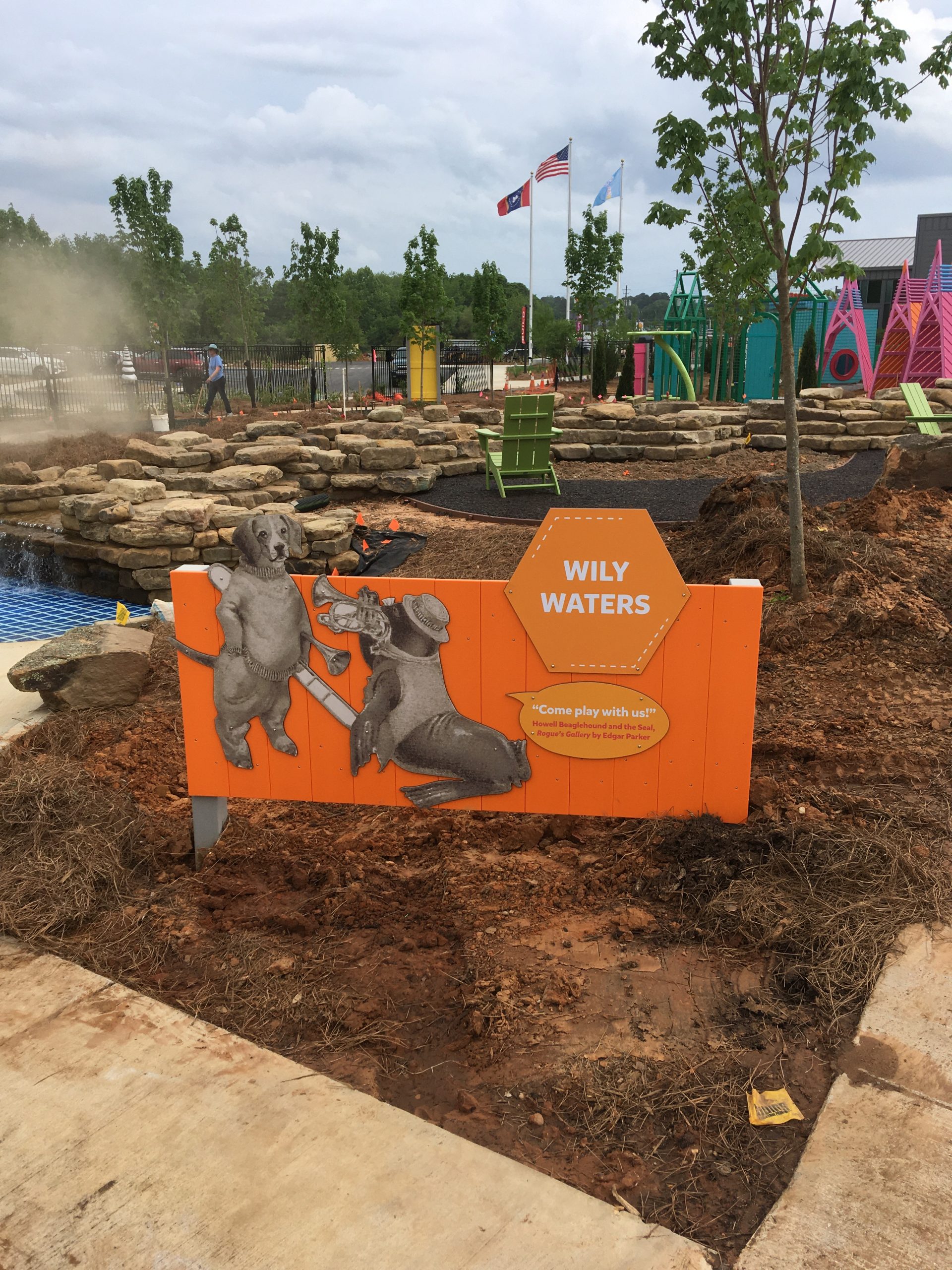
Project Management
You will always be in good hands.
A seasoned Project Manager will be the main point of contact with the client and the exhibit designer or contractor. Conference calls will be scheduled and maintained on a weekly or bi-weekly basis. The Project Managers responsibilities will be as follow:
Quality Control
Ensure that all elements of the project will meet the requirements of the contract specifications and all modifications are implemented. Provide routine inspection of shop-fabricated work and subcontracted work. Oversee quality of all work during installation.
Schedule
Track work progress to ensure project is completed according to schedule, be the primary coordination point between designer, owner and General Contractor for schedule of shop visits, on-site inspections and installation.
Meetings
Coordination of all meetings and agenda development with follow-up.
Organize resource materials
Identify and compile all resource material into production package and ensure that this material is forwarded to appropriate individuals.
Submittals
Coordinate all submittals and review them for legibility, accuracy, completeness, and compliance with contract requirements.
Approved submittals
Ensure that all changes, revisions or additions are noted, and Fabrication Drawings and instructions are updated.
Revision of Submittals
The PM will be responsible to coordinate revision and correction of returned submittals and the process for approval.
Final Inspection
Ensure that all elements are complete, ready for review, per schedule and produced meeting the standards and specifications set forth within the approved Fabrication Drawings.
Delivery and Installation
Ensure that all work is delivered and installed as scheduled.
Closeout Package
Compile, prepare and forward closeout package consisting of any technical documentation, training and final as built drawing.
Value Engineering
Adding value by maximizing function and features of a product and maintaining cost is what we do.
We follow these 6 steps as part of the value analysis process:

Step 1Gather Information
Value engineering calls for managing expectations regarding time, labor and prioritizing processes or elements. This collection process breaks down the undertaking into more manageable sets of information.

Step 2Think Creatively
This includes trying new approaches or creatively applying existing processes in a new way. This phase is the "idea-generation" stage when members of the creative team are encouraged to brainstorm freely.

Step 3Evaluate Ideas
With a bunch of ideas now on the table it is time to assess the benefits, weigh the options and consideration under evaluation.

Step 4Develop and Analyze
Sketches, prototypes, material samples, walk throughs and concept evaluations are all part of the process and gives the client a full assessment of the evaluated ideas.

Step 5Present Discoveries
Value engineering calls for enhancing the value; how to best meet timelines and budgets without taking away from the designs purpose.

Step 6Implement Changes
Follow through, follow through and follow through. Weekly calls, updated schedules and shop drawings to define the realization of your imagination.
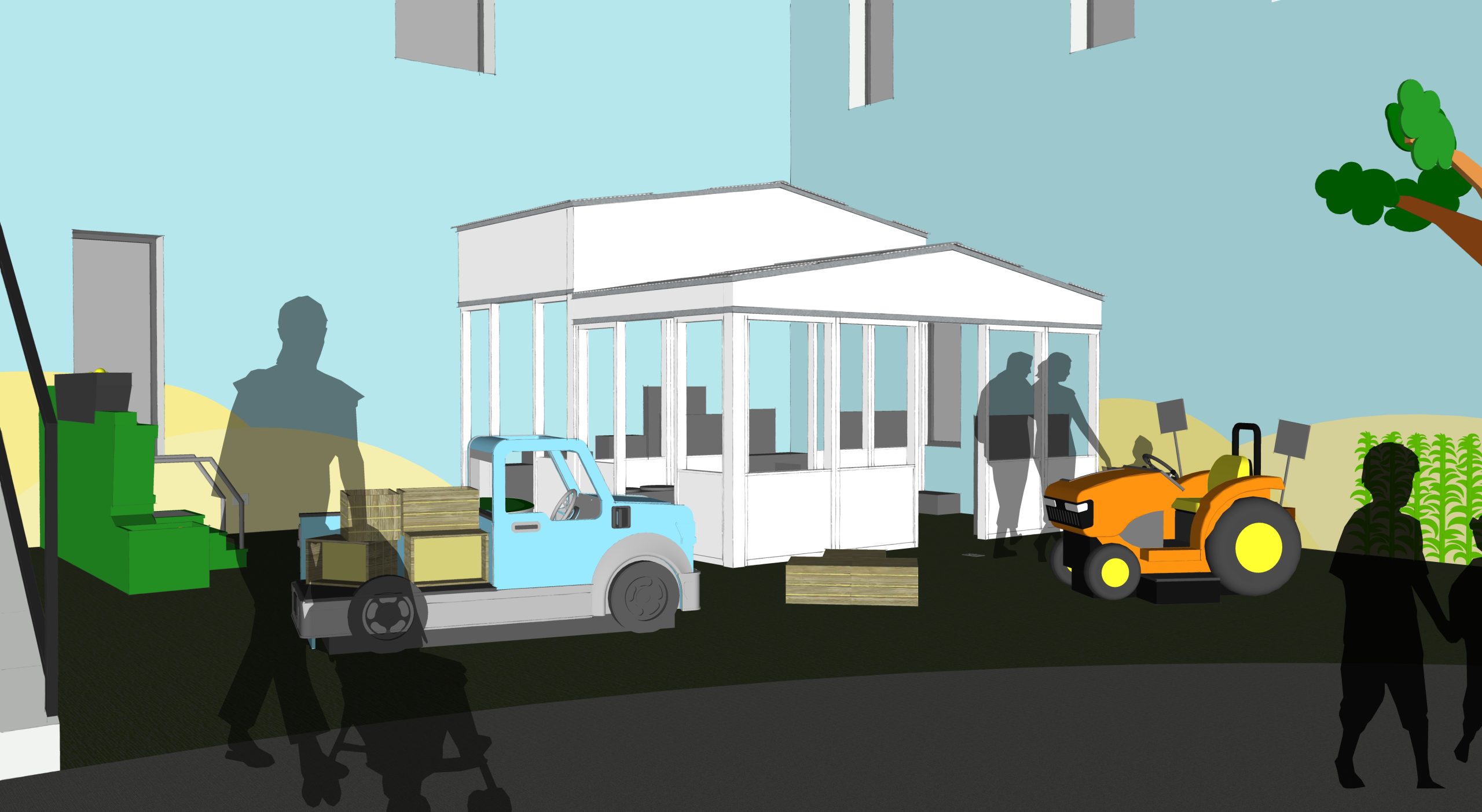
Design & Build
Why Design & Build?
Collaboration at its best.
Design-build brings all members of a project team together early in the process to identify and address issues of cost, schedule, and constructability.
Design-build also has a single point responsibility and creates efficiencies.
Taking singular responsibility, the design-build team is accountable for cost, schedule, and performance, under a single contract. With reduced administrative paperwork, clients can focus on the project rather than managing separate contracts.
Design-build saves time and money for the owner, while providing the opportunity to achieve innovation. Design-build brings value engineering into the design process at the onset of a project.
Heartland Scenic Studio is always looking for partnerships. Whether that be a design firm or a construction firm on either a long-term basis or a singular project.
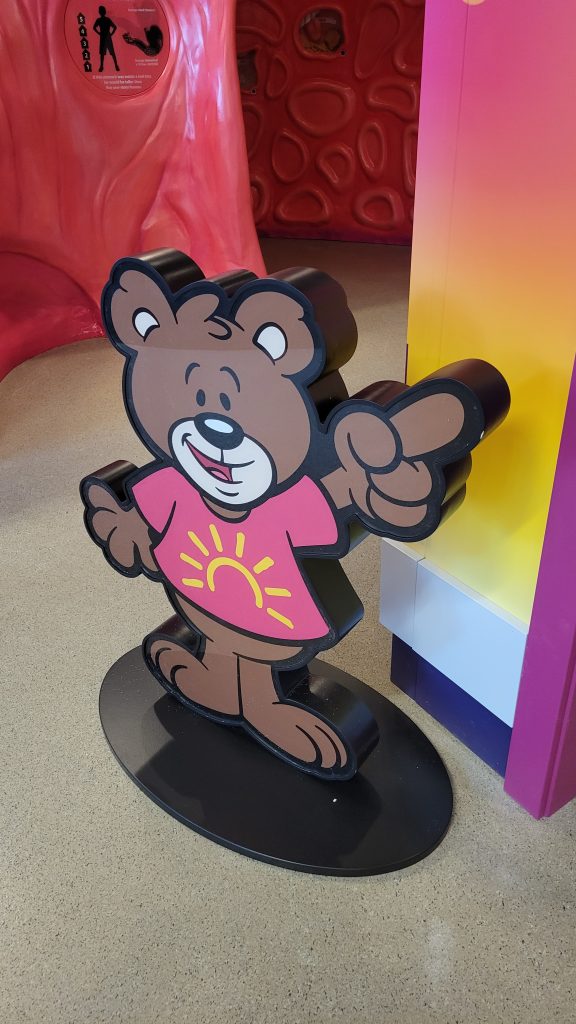
Graphic Design & Production
Graphic Design is a form of problem solving, where a system is created to communicate a specific and targeted message. To create signage, the ideas need to be completed in the computer software, then progress to an imaging (traditionally referred to as printing) process. Our team and our partners are well versed from creation to production and will always be there to guide you through the process.
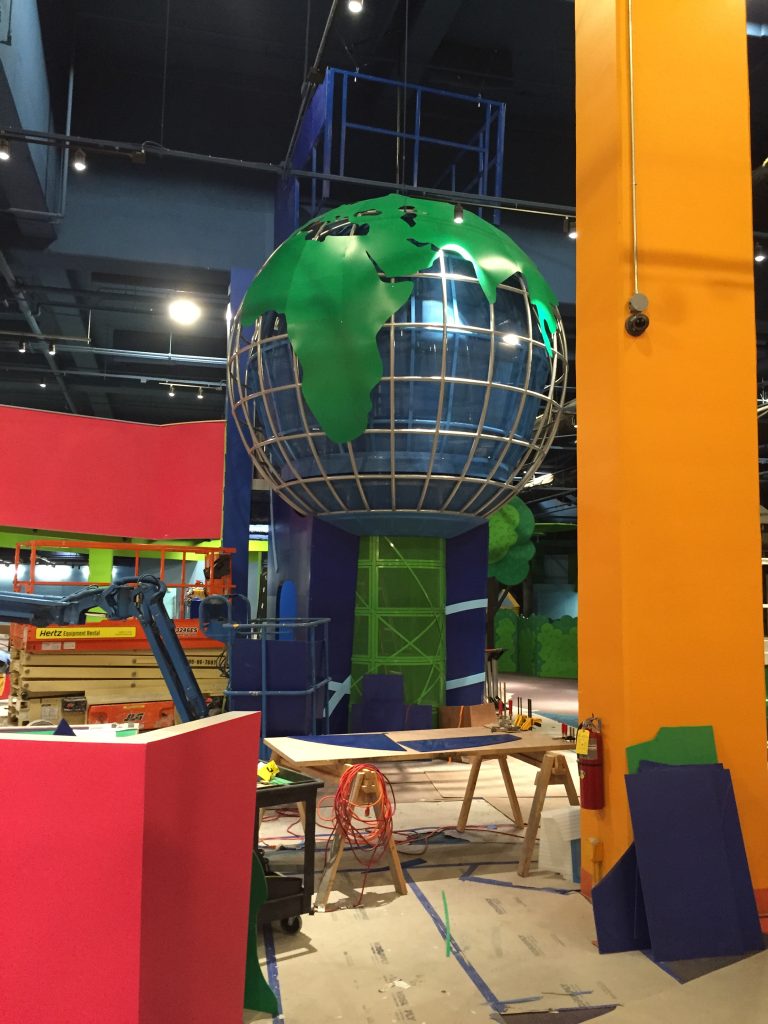
Installation
Installing your exhibit is a unifying experience. Pulling together the works of the architect, contractor, the museum staff and the realization that the design has become actuality. A place to learn, grow, see, touch, and feel. An experience worthy of your visitors.
We engineer our exhibits for easy installation with minimal field modifications, which helps eliminate delays and disruption that typically can occur with on-site installations. Front end planning is critical. Often times we plan for field verification visits on the front end of the project. We plan for the unexpected.
Most importantly our builders are also our installers, which drives the installation process that much smoother.
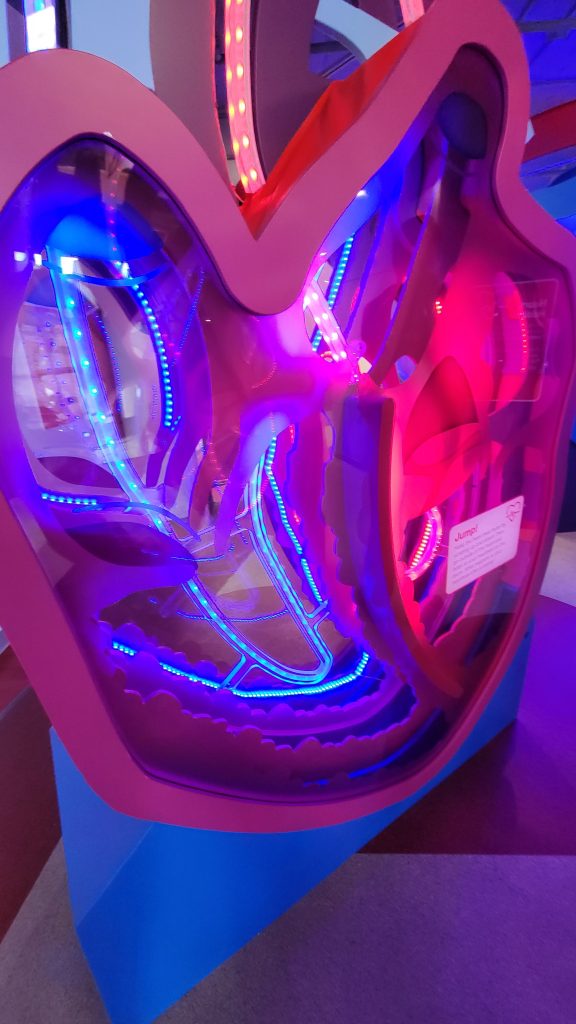
Interactives
In creating great Interactives we emphasize physical activities, outcomes, technology and information.
In developing Interactives there are six questions we ask.
What are the Objectives?
Who is the Audience?
What are the Alternatives?
Are there Efficiency in the development of the Interactive?
How does the development affect the overall Budget?
What are the Implications?
We enjoy the process of interpreting content and developing fun and engaging interactives that achieve the client’s educational goals.
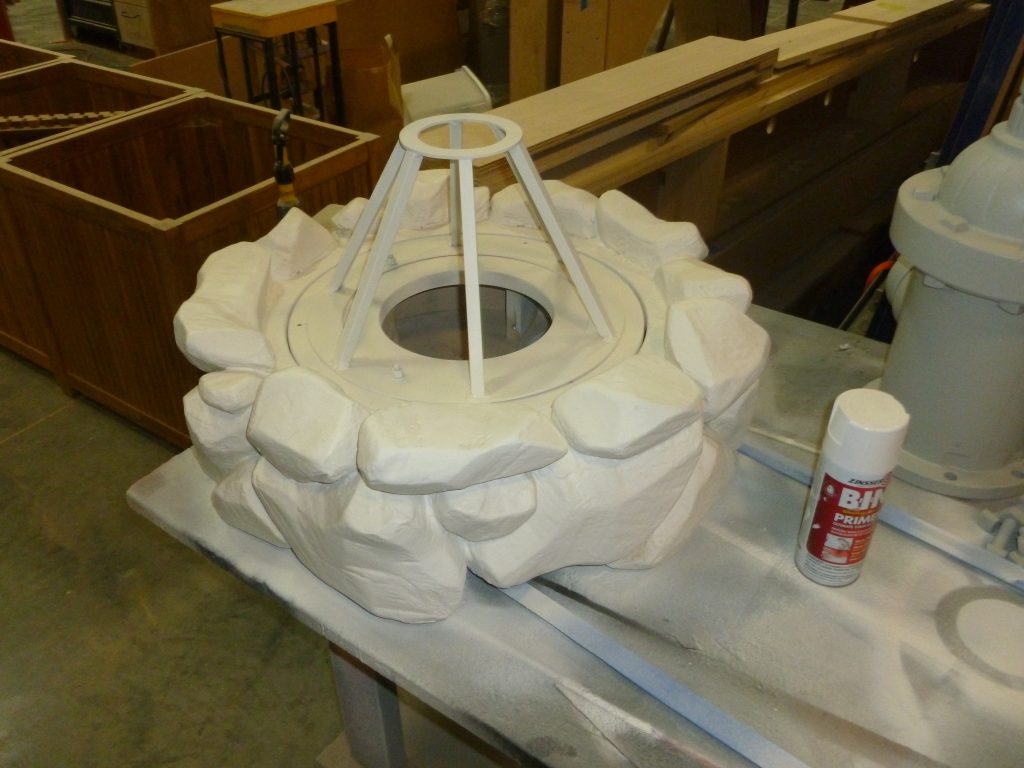
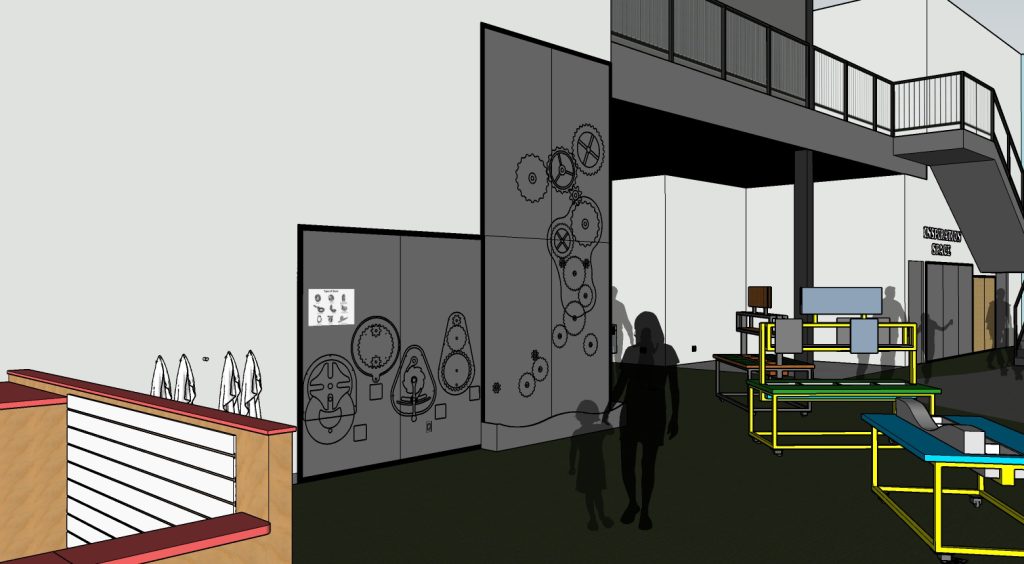

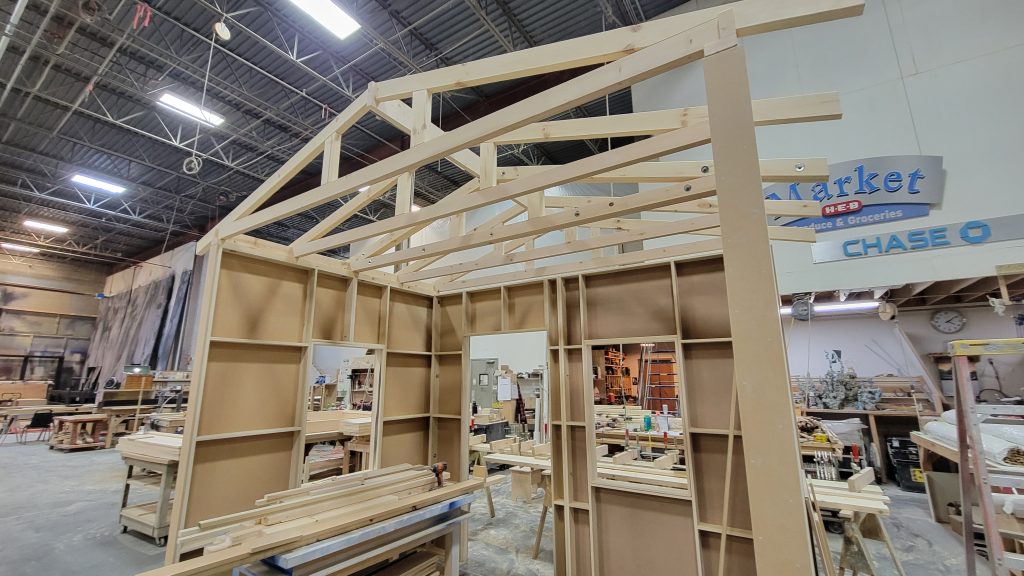
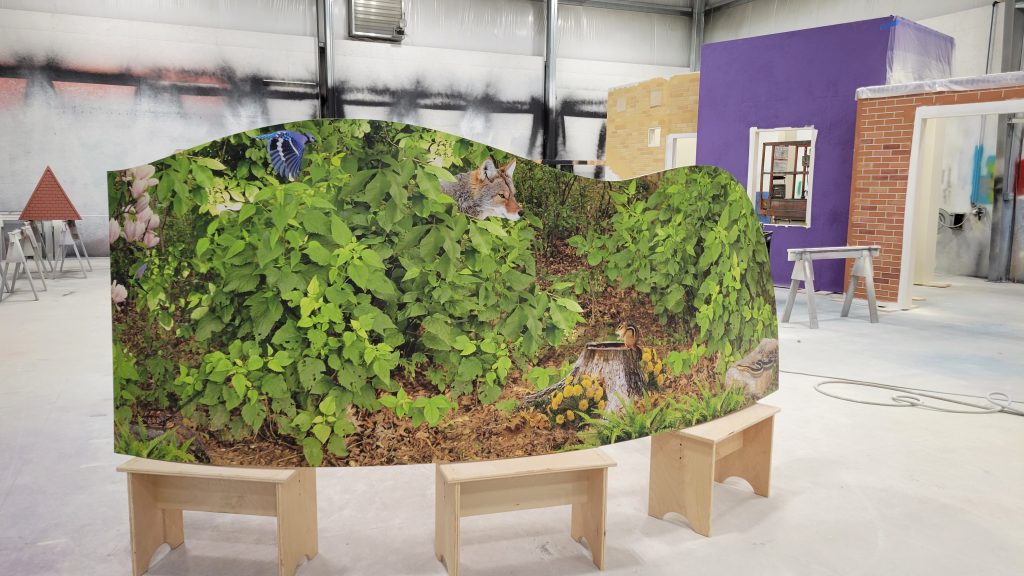
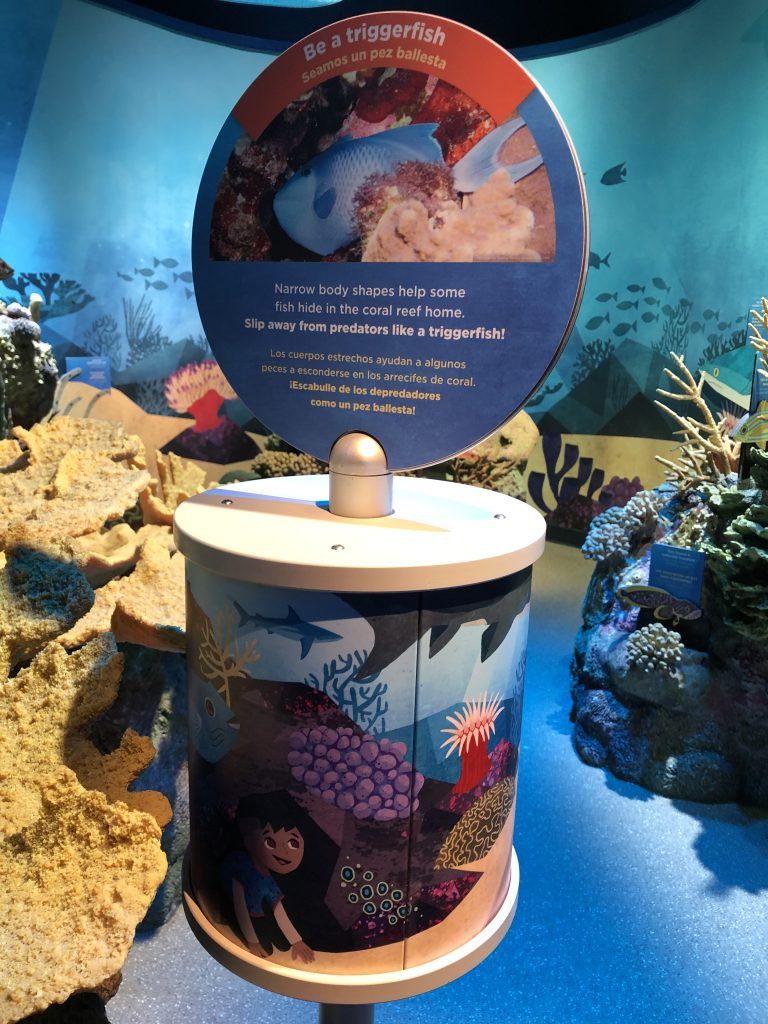
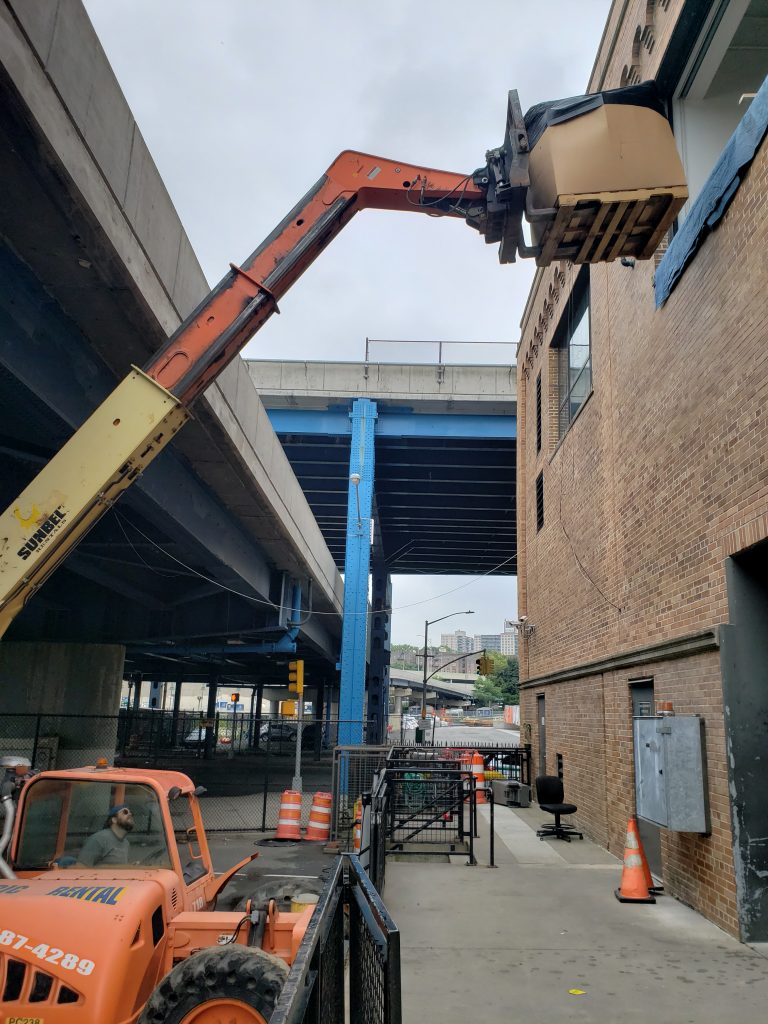
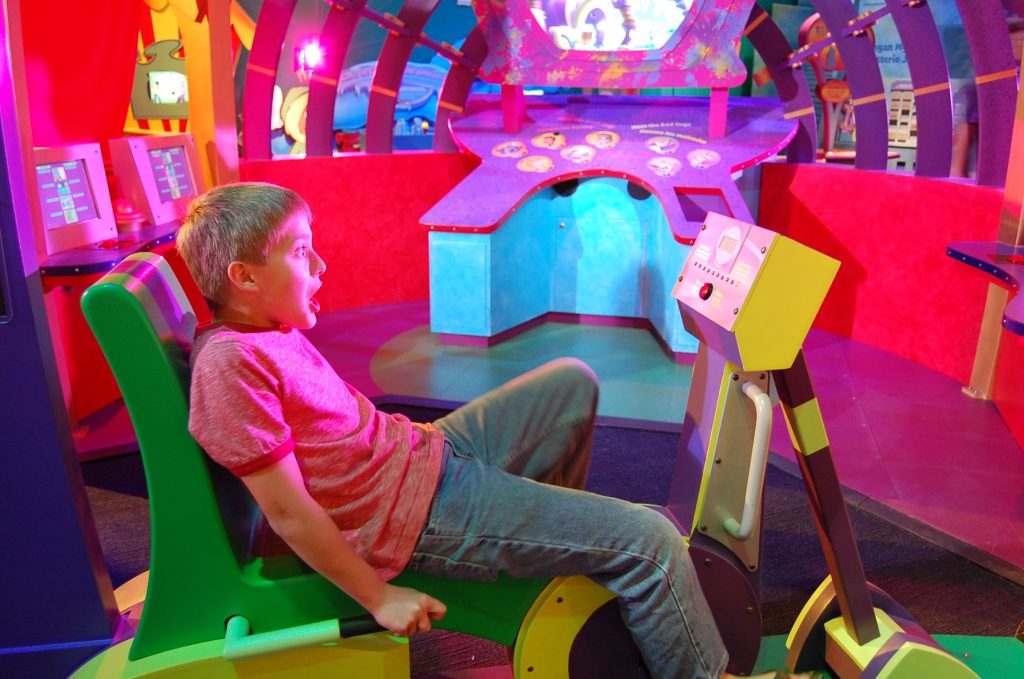
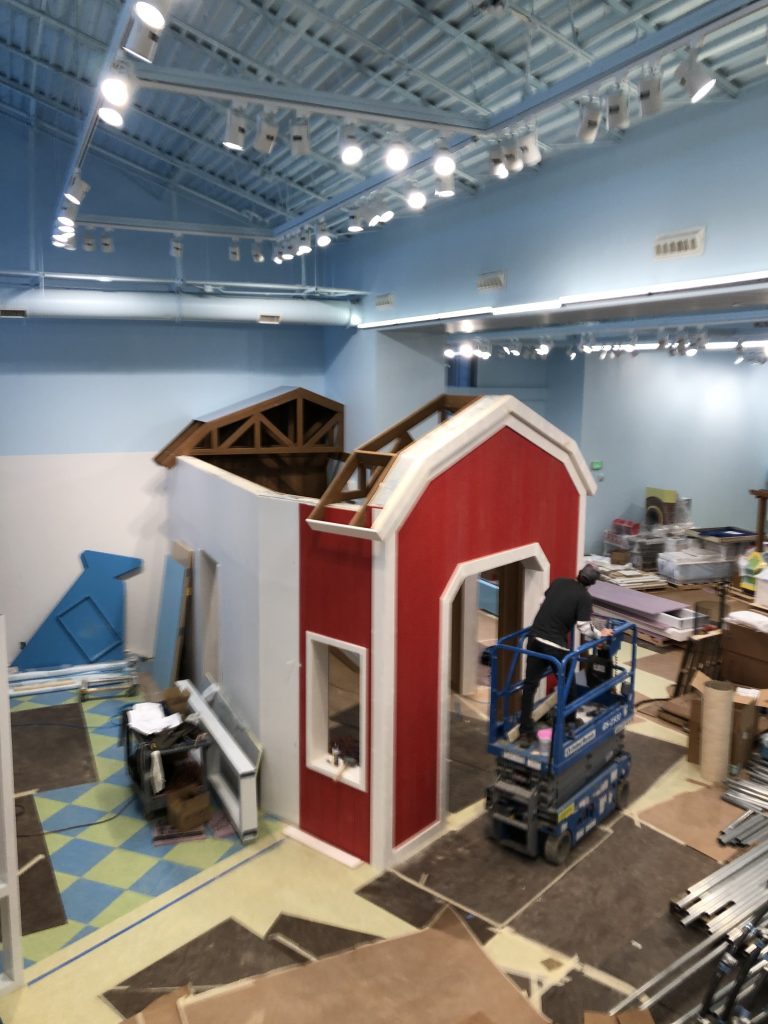

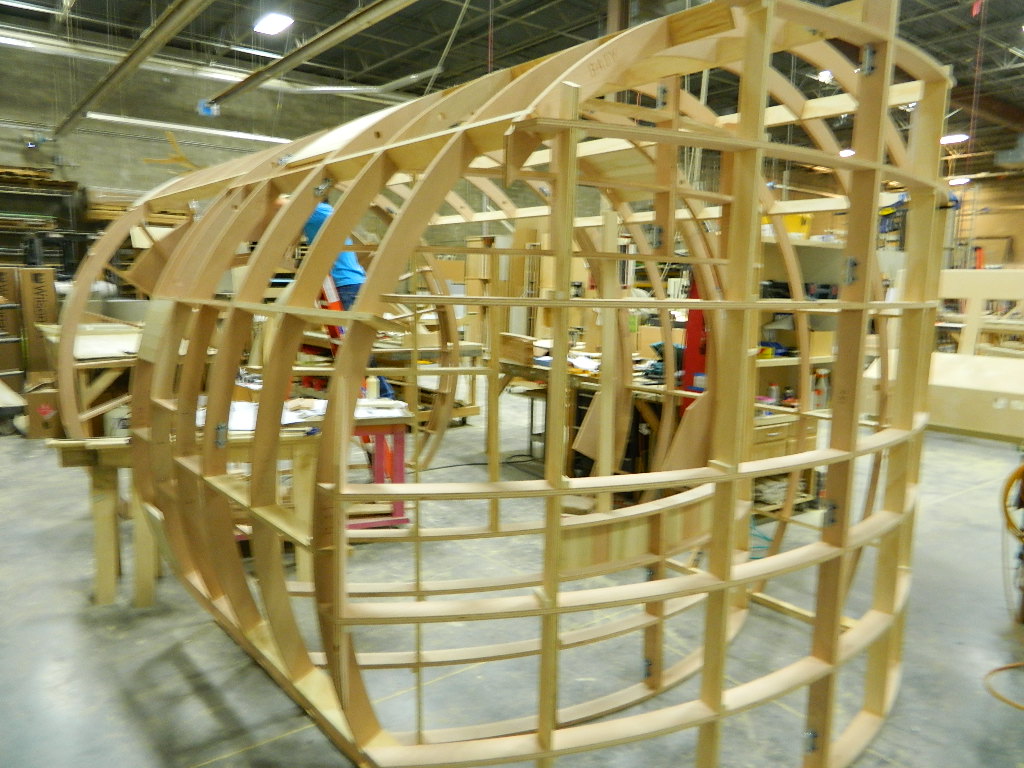
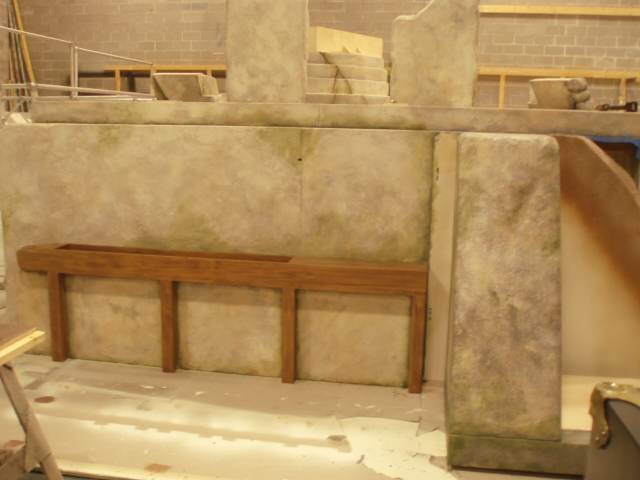
Recent Projects

Children’s Museum of Manhattan
New York, New York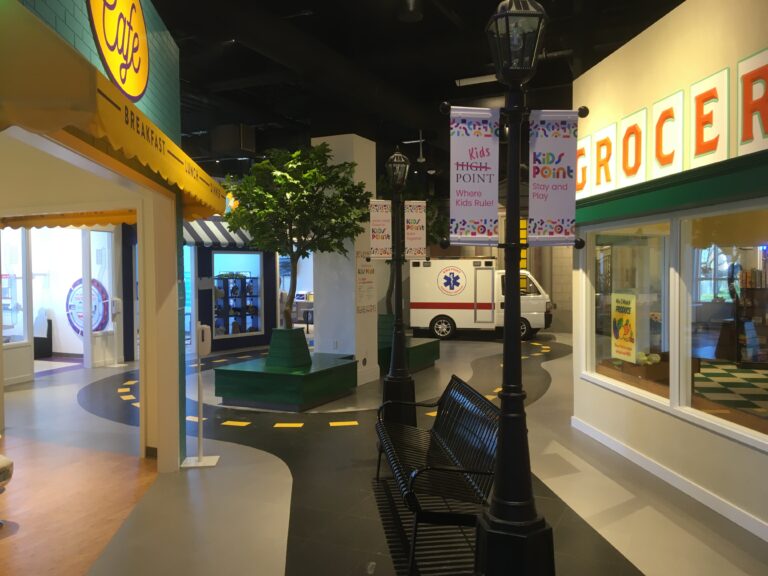
Nido & Mariana Qubein Children’s Museum
High Point, NC
Fort Atkinson State Historical Park
Harold Andersen Visitor Center, Fort Calhoun, NE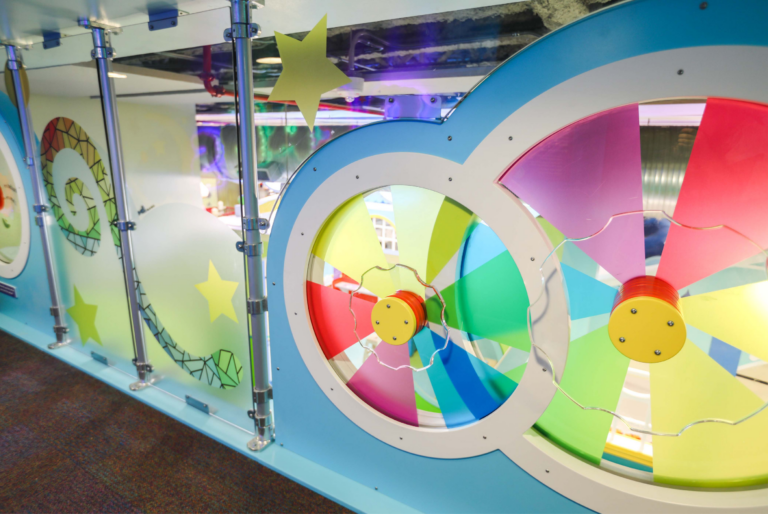
Mississippi Children’s Museum
Jackson, MS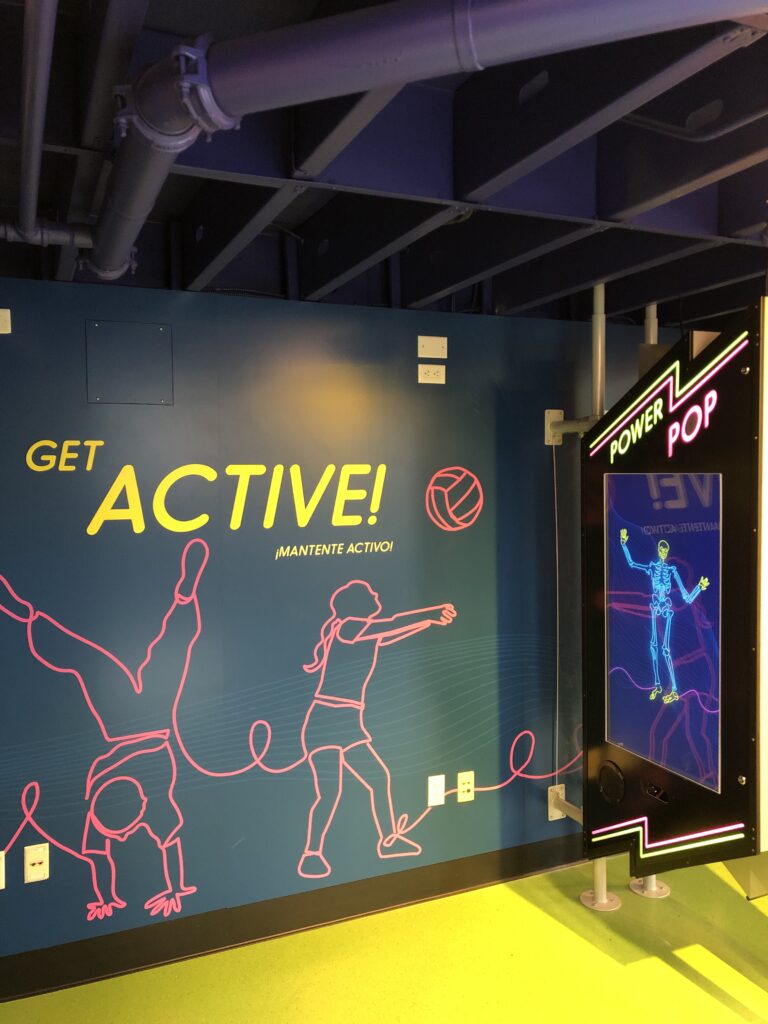
Children’s Museum of Houston
Power Play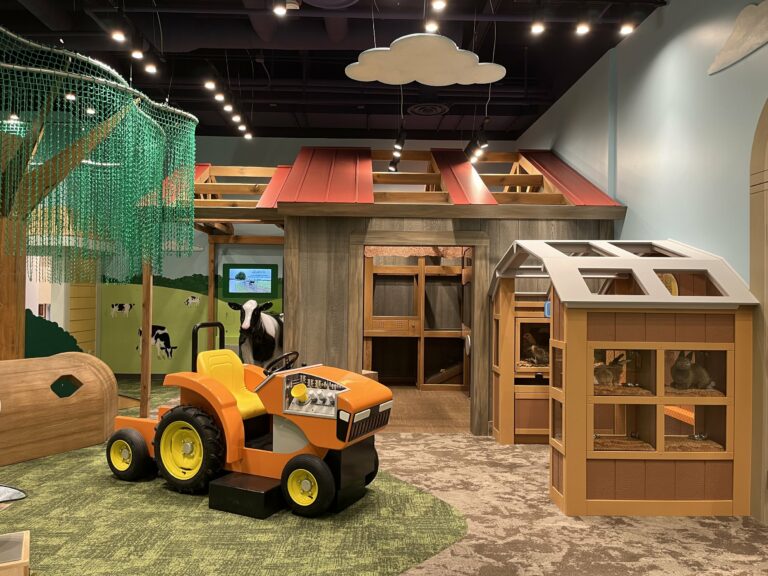
Creative Discovery Museum
Chattanooga, TN